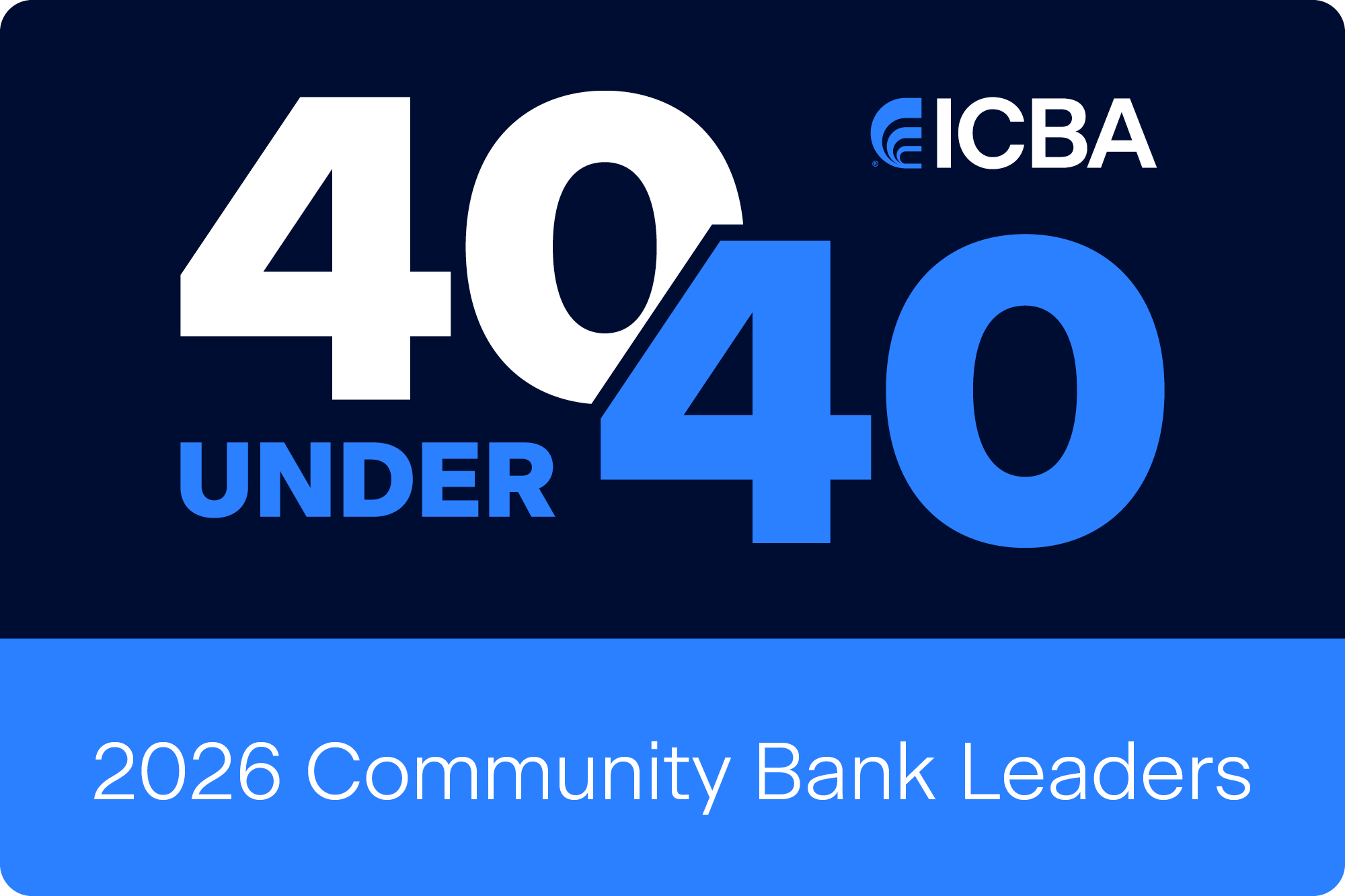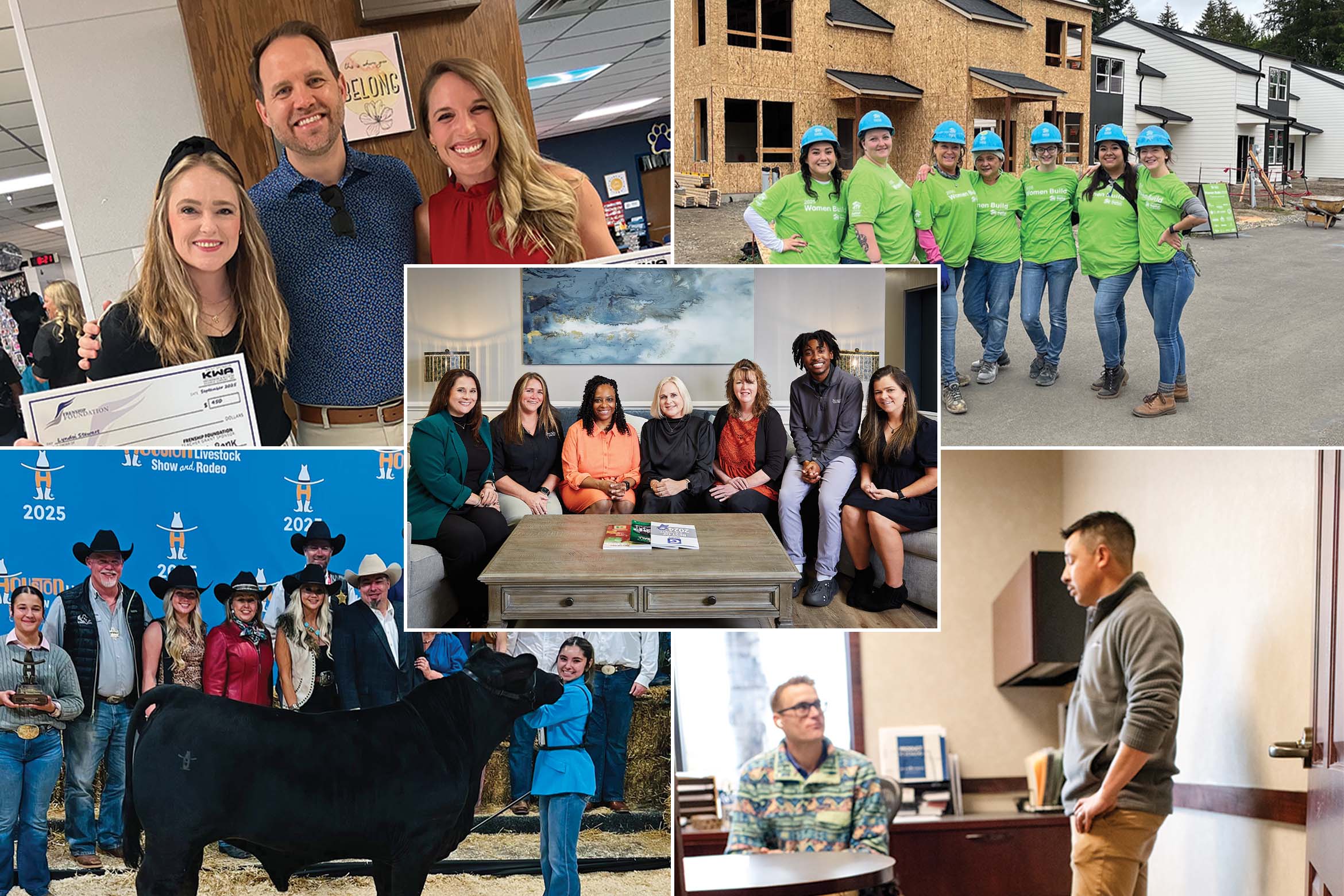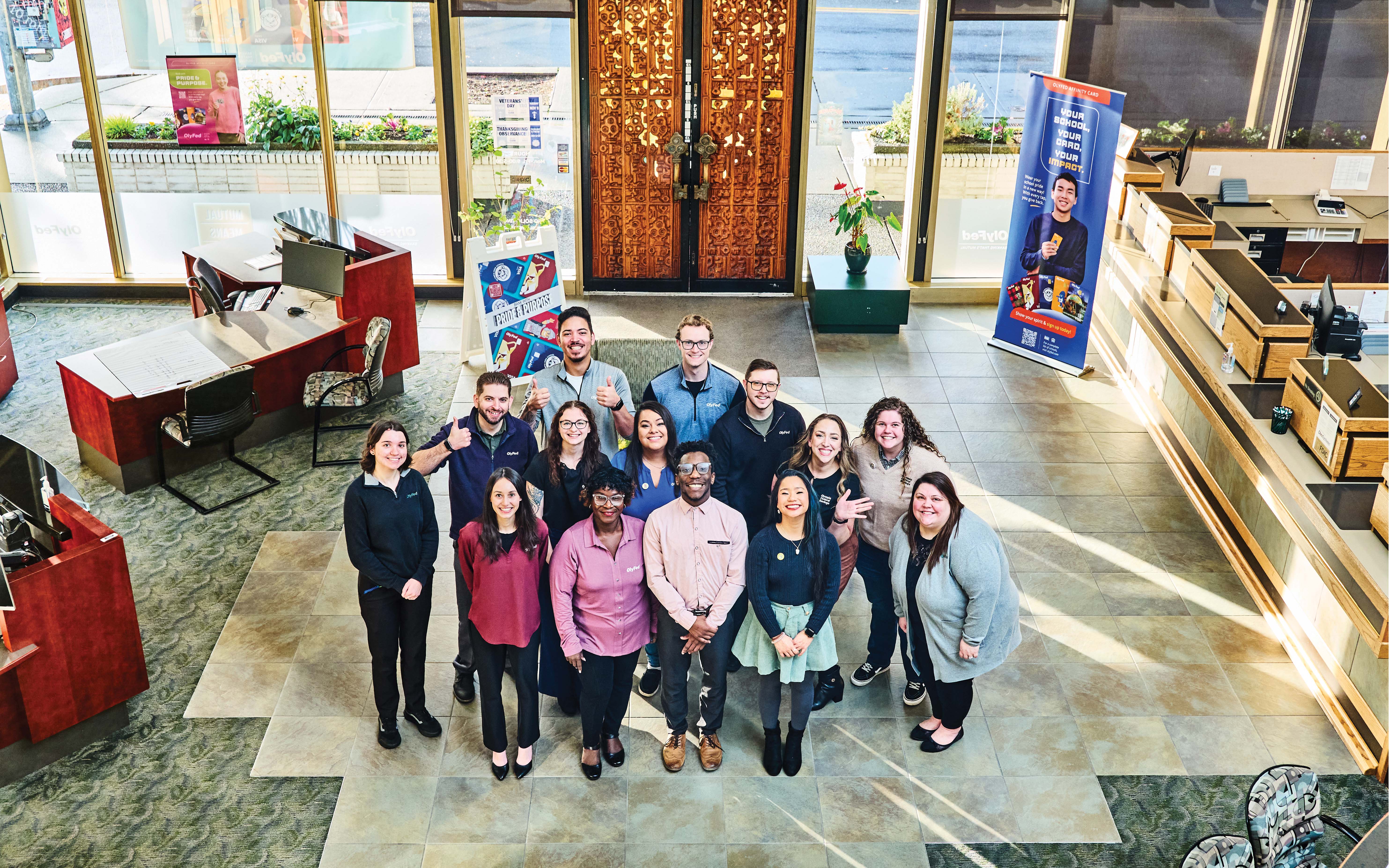Gen Z and community banks are both purpose-driven, so attracting the youngest employees largely depends on which benefits companies offer. Here’s how some community banks are doing it.
What Benefits Does Gen Z Value Most?
August 01, 2025 / By Jen A. Miller
Gen Z and community banks are both purpose-driven, so attracting the youngest employees largely depends on which benefits companies offer. Here’s how some community banks are doing it.
Gen Zers, born between 1997 and 2012, carry a specific set of priorities into the workforce. These priorities have been molded by the circumstances that brought them into the working world: COVID-19, inflation and housing costs, and general anxiety about the future.
But the same pressures pushing Gen Z to base their work choices on compensation are also nudging them to apply for jobs with companies that align with their beliefs and values. That’s good news for community banks, since those benefits and values often line up.
“It used to be when you interviewed someone, they didn’t really [explore the bank’s mission and vision],” says Tammy Montgomery, EVP, chief operating officer and director of human resources at $213 million-asset Community Spirit Bank in Red Bay, Alabama. “Some [candidates] are still like this, but some folks of this generation look at who we are and what is our mission, because they care about who we are, and they want their ideas to align with ours.”
Retirement and tuition benefits
As Gen Z worries about the future, they’re also planning for it. According to a report on Gen Z by Handshake, a Gen Z-focused career platform, 65% of undergraduates wouldn’t accept a job that doesn’t include a company-administered retirement benefit, like a 401(k). Part of that drive, the report notes, is due to general uncertainty, but it’s also from having watched their parents’ financial plans be disrupted by the Great Recession and the pandemic.
Most undergraduates who took the Handshake survey said being able to retire on time is essential to career success, and they want employers to help them reach that goal.
Community Spirit Bank has seen this demand, says Montgomery. And while the bank has long offered a generous retirement benefit package, it has been revising the eligibility requirements. Currently, workers must wait a year to participate in the retirement program. The community bank is still determining how this will change but hopes to enact it in 2026. As Montgomery says, workers are “not willing to wait. They want retirement benefits to start right now.”
Gen Z workers are also worried about how student loans could hamper their futures. The average Gen Z student loan balance is just over $21,000, according to Experian, and this burden is likely to increase as tuition rises and as young people pursue advanced degrees.
Five years ago, $3.2 billion-asset Manasquan Bank in Wall Township, New Jersey, implemented a student loan repayment plan. It offers $250 a month—maxing out at $15,000 total—toward employees’ student loans.
“When we originally put it in place, we were definitely early adopters,” says Lisa Roettger, chief human resources officer of Manasquan Bank. The benefit has since become a popular program and recruiting tool.
The community bank also offers a $4,000 annual tuition reimbursement program that can be used alongside the student loan benefit. The use of this benefit depends on the cost of the courses as well as meeting certain criteria, such as achieving a certain grade point average.
Offering a job for the whole person
Community banks’ mission already appeals to many Gen Z workers who want to make a difference in their communities, but they can also reinforce that commitment through volunteer opportunities for staff.
Manasquan Bank has a program called CREW Cares, which gives employees 15 hours of paid volunteer time per year. The community bank also has several employee affinity groups, many of which organize around volunteering interests. In May, one such group gathered to pack and distribute food. “[It] resonates well with Gen Z, allowing them to connect and give back to community support [by donating their time and contributing to donation collections],” Roettger says.
Another benefit is flexible work arrangements. “Gen Z is very interested in being largely in person, with options for flexibility in hybrid or remote options,” says Randy Tarnowski, Handshake’s director of research and economist. He adds that 82% of Gen Z undergrads want to be able to work remotely at least part of the time.
Many young workers are craving in-person mentoring, which they might not have had while in high school or college during the worst of the COVID-19 pandemic. These workers also want the chance to continually learn and advance in their careers. “They’re really hungry for the opportunity to learn and grow in the job,” Tarnowski adds.
Career development goals
Montgomery recently worked with a young hire who wanted a plan from day one on how he would move from his current position to a different department at Community Spirit—perhaps on a faster timeline than would have truly prepared him for an advanced position.
“We really had to do a lot of coaching with him to keep him on track,” she says. “It seems easy to learn, but it’s harder than what it says when you are actually doing the job.” The employee did eventually—and successfully—make the transition.
Manasquan Bank, says Roettger, has a learning and development department that’s housed within human resources, including a manager and two full-time trainers, with the trainers doing a lot of operational and branch-focused work.
The community bank also has an internal leadership development program and on-demand learning options that it implemented through human resources company ADP, which also administers the bank’s compliance training.
While differences in expectations and approaches to work among generations have the potential to cause friction, there are ways to address these differences to make work more welcoming to everyone.
To bridge the generational gap, Community Spirit Bank has used the online Wildsparq Leadership Development Program as part of its learning and development program for the past three years. The bank intentionally puts different generational groups in each class.
“It gives everyone a good view of how to deal with the different generations and coaches you [on a range of topics],” Montgomery says, like how to deal with stressors, how to adjust, how to foster meaningful communication and align teams around shared goals, among “a host of things that help you be able to grow your company.”
For members of every generation, she continues, focusing on one another’s strengths, trying to learn about one another and having mutual respect as individuals has been a “real eye opener” when learning how to “work alongside each generation group.”
Subscribe now
Sign up for the Independent Banker newsletter to receive twice-monthly emails about new issues and must-read content you might have missed.
Sponsored Content
Featured Webinars
Join ICBA Community
Interested in discussing this and other topics? Network with and learn from your peers with the app designed for community bankers.
Subscribe Today
Sign up for Independent Banker eNews to receive twice-monthly emails that alert you when a new issue drops and highlight must-read content you might have missed.
News Watch Today

Join the Conversation with ICBA Community
ICBA Community is an online platform led by community bankers to foster connections, collaborations, and discussions on industry news, best practices, and regulations, while promoting networking, mentorship, and member feedback to guide future initiatives.













